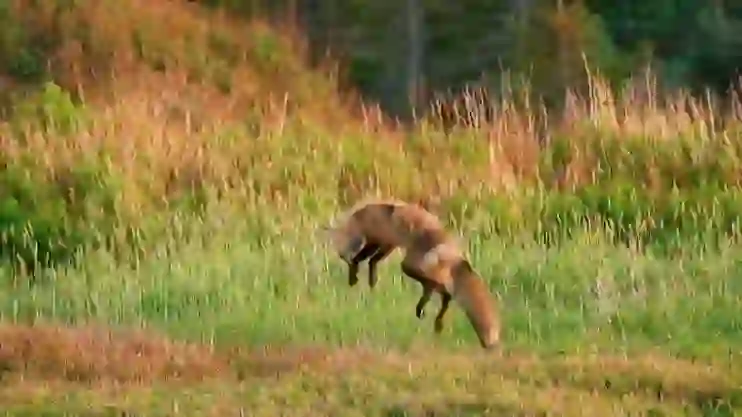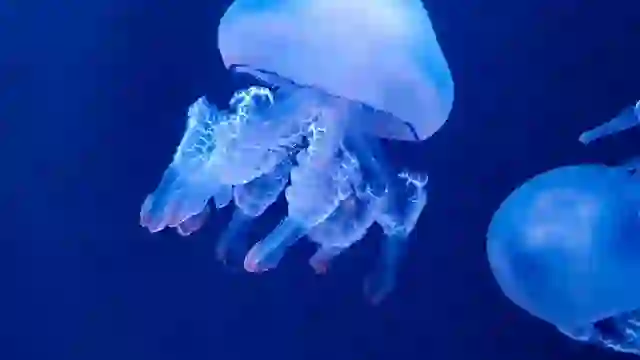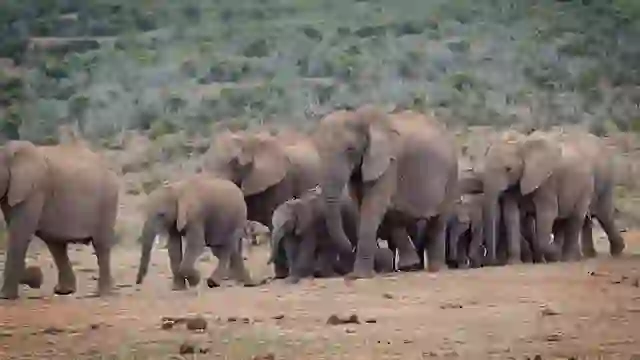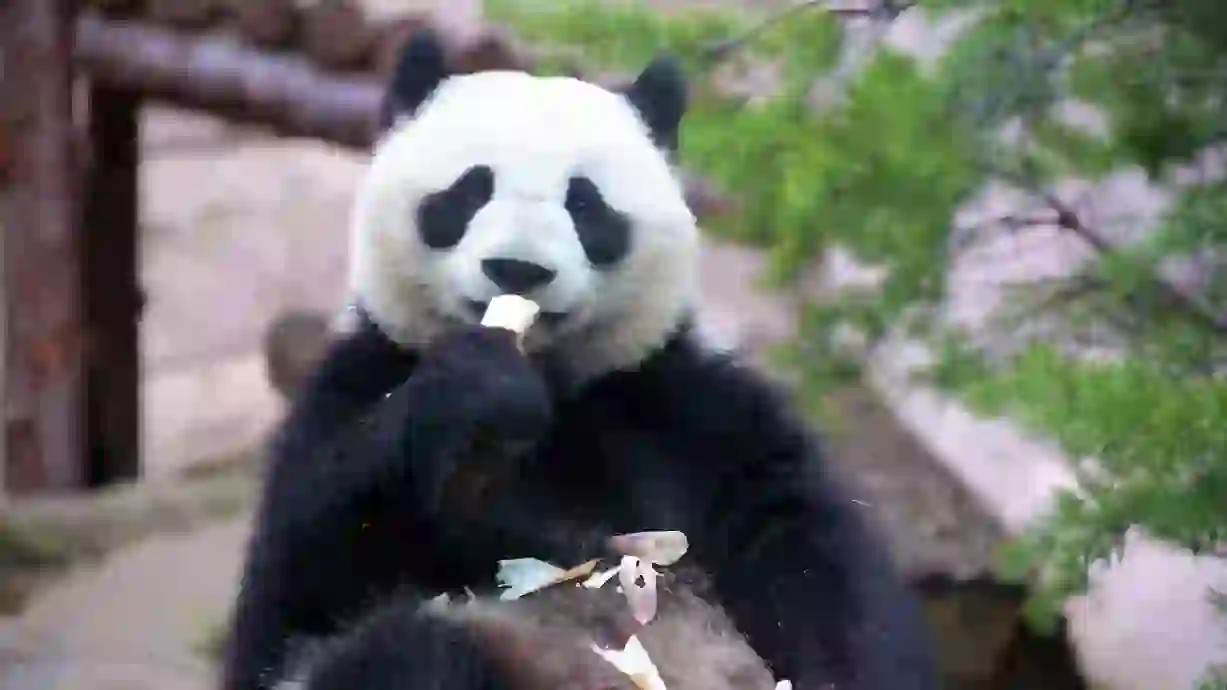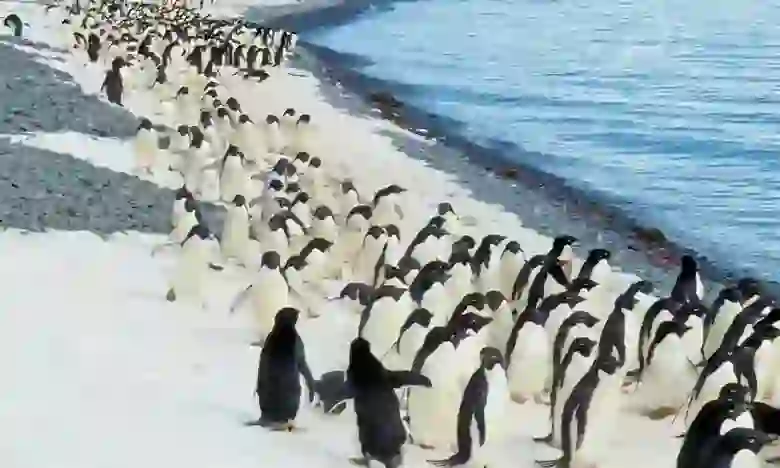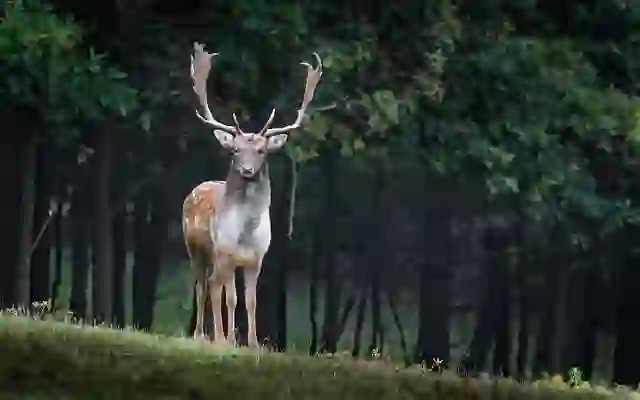
Vancouver Island Wolf
Vancouver Island Wolf
Vancouver Island Wolf
Off the coast of British Columbia, Canada, lies Vancouver Island, a land of lush forests and rugged coastlines. Here, the Vancouver Island wolf, also known as the coastal wolf or sea wolf, thrives. They are a unique subspecies of wolf that has adapted to a life intertwined with both the sea and the forest. Let's delve into the ecology of the Vancouver Island wolf, their environment, and their relationship with humans.
Vancouver Island Wolf Basic Infomation
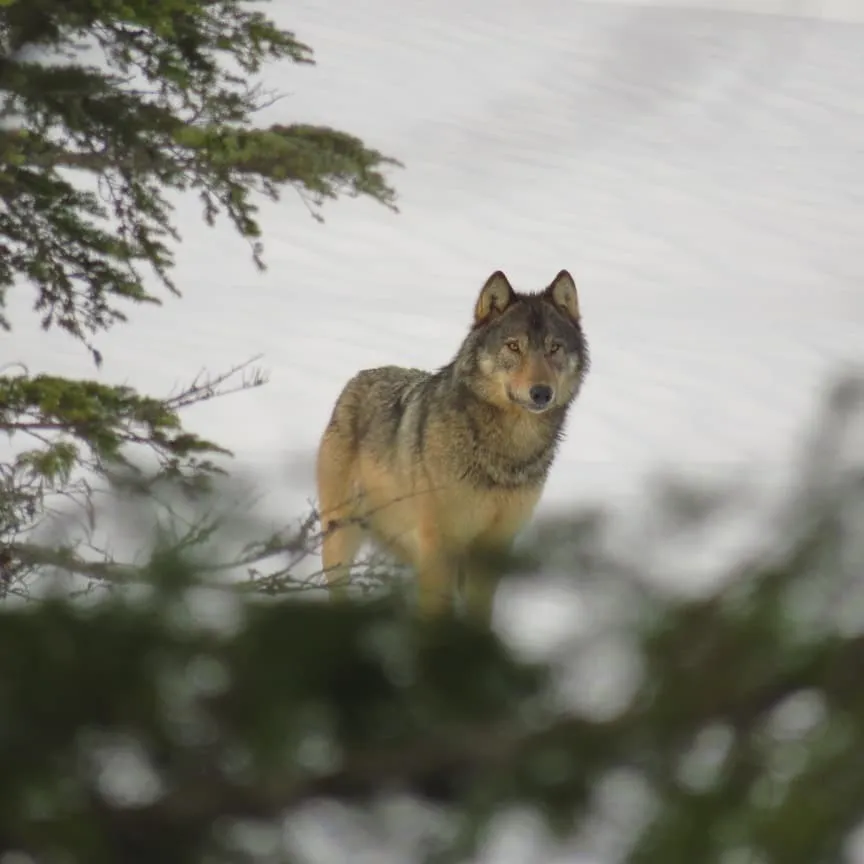
| Property | Value |
|---|---|
| Scientific Name | Canis lupus crassodon |
| Taxonomic Status | ACCEPTED |
| Rank | SUBSPECIES |
| Kingdom | Animalia |
| Phylum | Chordata |
| Class | Mammalia |
| Order | Carnivora |
| Family | Canidae |
| Genus | Canis |
| Habitats | Vancouver Island and surrounding islands, British Columbia, Canada |
| Conservation Status | Least Concern |
| Species | Canis lupus |
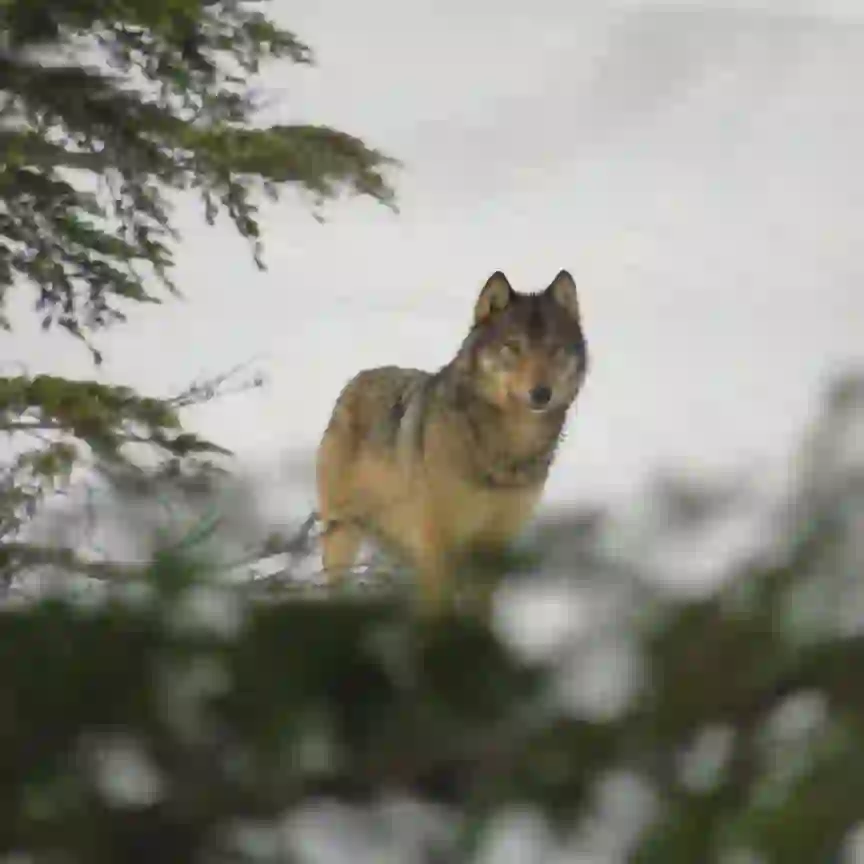
Size
They are about 4.9 to 6.6 feet (1.5 to 2 meters) long and weigh about 55 to 110 pounds (25 to 50 kilograms). They tend to be larger than inland wolves due to the abundance of food resources in the coastal environment. Males are larger than females.
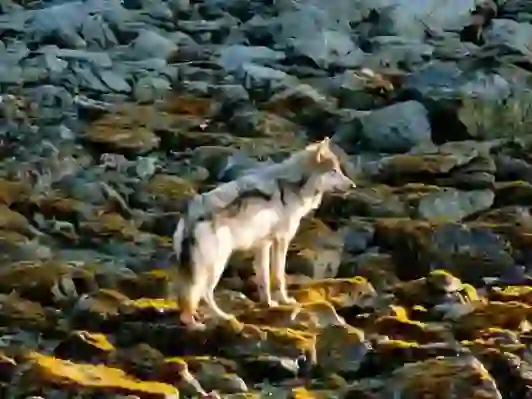
Lifespan
They have a lifespan of about 8 to 10 years in the wild.

Distribution
They are found on Vancouver Island and the surrounding islands, located off the coast of British Columbia, Canada. They have adapted to the forests and coastlines of Vancouver Island.
Vancouver Island Wolf Q&A

What kind of wolf is the Vancouver Island wolf?
The Vancouver Island wolf is a subspecies of the gray wolf found on Vancouver Island and the surrounding islands, located off the coast of British Columbia, Canada.
They are also known as the 'coastal wolf' or 'sea wolf' due to their unique adaptations to a coastal lifestyle. They are larger and have broader skulls than other gray wolves. This difference is thought to be related to their utilization of the abundant marine resources available to them. Their fur can range in color from gray to black to brown. Their coats become thicker, longer, and lighter in color during the winter, an adaptation to the cold, wet environment of Vancouver Island. Vancouver Island wolves are highly social animals, living and hunting in packs. They are also known for their intelligence and complex communication methods, using a combination of howls, body language, and facial expressions to interact with each other.

What do Vancouver Island wolves eat?
Like other wolves, Vancouver Island wolves are carnivores. However, they have adapted to a coastal lifestyle and their primary food source is fish.
They hunt for salmon, herring, and trout, and they may also prey on marine mammals like seals and sea lions. They will also eat deer, small mammals, and birds. In the winter, when food is scarce, they may scavenge on carrion.

[Quiz!] Why do Vancouver Island wolves eat fish?
It is believed that Vancouver Island wolves evolved to eat fish because they adapted to the environment of Vancouver Island, which is surrounded by the sea.
Vancouver Island is a large island located off the west coast of Canada. The island is surrounded by warm and cold currents, making it a rich fishing ground. It is believed that Vancouver Island wolves evolved to eat fish in order to take advantage of these abundant marine resources. They hunt by ambushing fish along the coastline or chasing them in shallow waters. They are also known to scavenge fish that have been caught by other animals.

[Quiz!] Do Vancouver Island wolves hibernate?
No, Vancouver Island wolves do not hibernate.
They remain active throughout the winter, hunting for prey. They stay warm by relying on their thick fur and a layer of fat. They also increase their pack size during the winter to help conserve body heat and improve their hunting efficiency.

[Quiz!] Are Vancouver Island wolves endangered?
The Vancouver Island wolf is listed as 'Least Concern' on the IUCN (International Union for Conservation of Nature) Red List.
This means they are not currently endangered. However, their population is relatively small, with only an estimated 250 to 400 individuals remaining. Their habitat is also threatened by human development. To protect Vancouver Island wolves, it is crucial to conserve their habitat and promote coexistence with humans.

Would you like to become a part of the 'Animalbook.jp'?
Turn your knowledge into Q&A and share it with the world. ※Publication will be activated after purchase. Let's share information together!
Vancouver Island Wolf Type of List

Characteristics of Vancouver Island Wolves
- Subspecies of the gray wolf
- Found on Vancouver Island and surrounding islands, British Columbia, Canada
- Also known as the 'coastal wolf' or 'sea wolf'
- Larger and have broader skulls than other gray wolves
- Gray, black, or brown fur
- Thicker, longer, and lighter fur in winter
- Primarily eat fish
- Least Concern (LC) but populations are considered at risk in some areas
Information
Congratulations! You are the first commenter!

Create Your Favorite List!
Vancouver Island Wolf
Save the animals you love! Build your own list to quickly revisit your favorites later.

Would you like to leave a comment?
※Please note: This is for the purchase of rights to post comments within the article.
Find Your Favorites!
Our shop offers a unique and attractive selection of goods themed around various animals.
Vancouver Island Wolf References
Vancouver Island Wolf Introduction of media used

Blair Dudeck, CC BY 4.0, via Wikimedia Commons

Mathieu.S.Addison, CC BY-SA 4.0, via Wikimedia Commons

Help Enrich Our Animalbook.jp with Your Media!
We are constantly looking to expand and enrich our Animalbook.jp with amazing photos and videos of animals. If you have any media that you'd like to share, please contribute and help us showcase the beauty and diversity of the animal kingdom. Your submissions will be credited and featured in our encyclopedia, reaching a wide audience of animal lovers.



